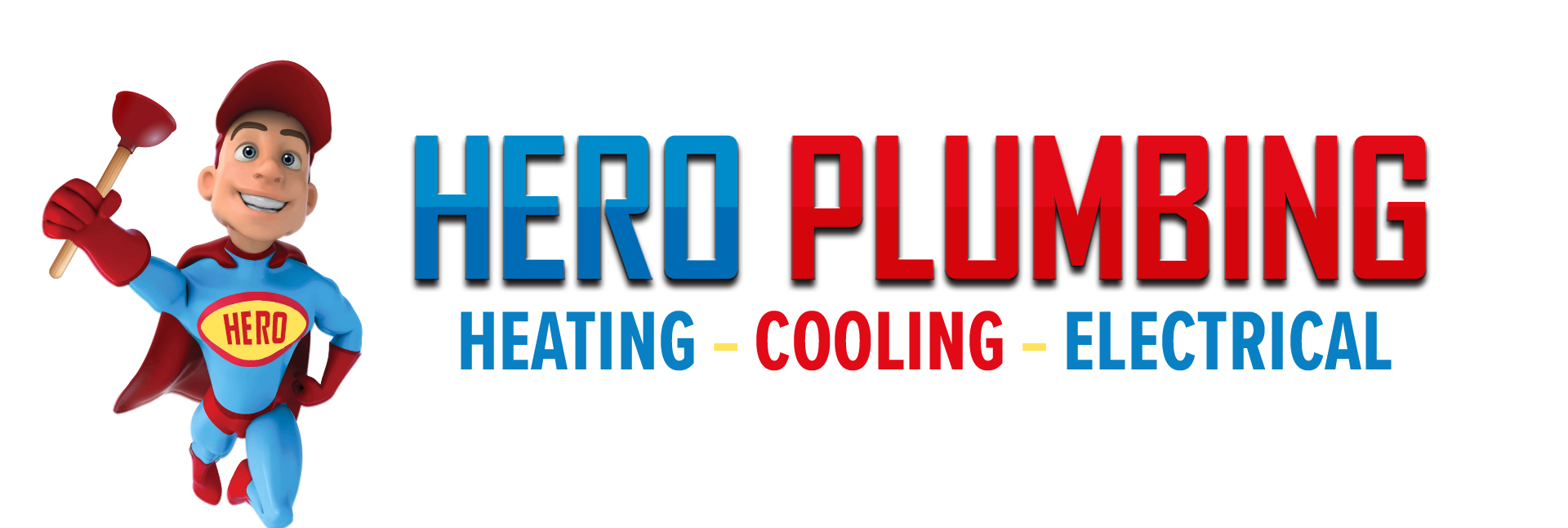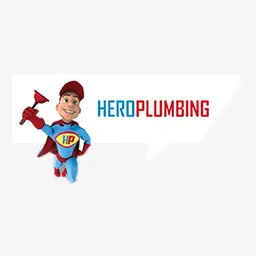Table Of Contents
- How Tree Roots Get Into Your Drain Pipes
- How Can You Stop Tree Roots From Getting Into Your Sewer Or Drain Lines?
- How Do Relined Drain Pipes Prevent The Entry Of Tree Roots Into Your Sewer Lines
- How To Tell Whether Your Drain Pipes Have Tree Roots In Them
- How To Remove Tree Roots From Your Drain Pipes
- Conclusion
Trees are amazing, they beautify our homes and parks and make our environment great. Apart from giving us plenty of air, trees provide us with much-needed shade during spring and summer times. It is important to plant trees but you should be keen enough not to plant them near sewer lines or drainage pipes. Tree roots can easily clog your drainage systems and give you a lot of problems thereafter. So while you might want to plant trees around your property you might also want to consider your drainage systems because tree roots can easily block your drainage system.
Apart from other debris, trees rank high when it comes to damaging your sewer or drain pipes. The best way to prevent tree roots from damaging your drainage system is by making sure you do not plant trees near the drainage lines or avoid laying the pipes near the existing trees if necessary. Trees require water to survive. They will do anything in their power to reach existing and adjacent moisture near their root system. Small cracks in your drain pipes that leak water or vapour normally attract the thirsty roots. They then start opening up the cracks and growing into your drainage line. With time this will cause a build-up of roots in your drainage system and as they grow, the roots can soon block or destroy the drainage pipe completely.
If you want to let your trees coexist with your drainage system, you should be on your toes so that you can keep your drain pipes from clogging. If this is what you desire, you should be keen and resourceful enough to:
- Block adjacent tree roots from getting near your drain pipes.
- Get a professional to clean your drainage, reline your drain pipes, or route out your drainage system.
You should understand that fighting nature is a tough battle. At times, it will be a hassle to avoid tree roots from poking into your sewer or drain pipes. Once this happens, you should know that your drainage system will block. Therefore, if it happens, be prepared to get in touch with a professional sewer line specialist to help you solve this mess. Please note that it is possible to get rid of the trees to prevent further damages to your septic systems. As a homeowner, tree roots systems that invade your sewer line can cause unnecessary pain. This means that you will need to reline your sewer or drain pipes altogether which can be a great deal of inconvenience to you.
How Tree Roots Get Into Your Drain Pipes
Good drain pipes with great structural integrity usually prevent tree roots from invading them. With time though, pipe joints can begin to loosen. Porcelain and clay pipes used for drainage systems for houses around the 1970s and 80s usually develop cracks or fissures more often. Tree roots look for water and minerals in the soil to keep them alive. If they sense that your sewer line offers an even better choice through those tiny cracks, then they will concentrate their efforts on getting inside your drainage pipes.
Trees that are about 20 feet away from your drainage system can still cause damage to your drain pipes. You might have realised that roots that are directly under your trees are very huge. This might leave you wondering how such huge roots can find their way into your drainage system through a tiny crack, right? Well, roots directly at the base of your trees might be huge, but towards their tips, mostly deep inside the soil, they can be so tiny that they can comfortably go through a needle’s eye with no fuss. This allows them to get into your drain pipes easily when there are cracks or loose joints.
The problem is they might enter the sewer lines as tiny roots fibre, but once the trees mature and grow, the roots will widen and cause extensive damage to your drainage system.
If you are wondering what is so attractive in drainage pipes that makes roots invade them so badly, here goes. Well, the little cracks that leak water or moisture are your answer. The leaking cracks in your sewer line attract thirsty root fibres to get inside the drain pipes and build up inside till they damage the pipes altogether. The most notorious drain pipes are those made of either earthenware or porcelain because they tend to develop cracks that attract root fibres. The root fibres grow and build up until the whole drainage system is badly damaged. The tiny cracks in the sewer line might not be giving you leaking problems, but they are enough to invite tree roots to get inside the pipes.
On the other hand, sewer lines made of plastic (PVC) are a bit resistant to tree roots invasion as long as they do not develop cracks or splits. Unfortunately, this is not the only threat to your PVC drain pipes. If your pipe joints are leaking, it might be the perfect entry point for root fibres to enter the drain pipes. Your pipe joints must be tightly and nicely sealed during installation to avoid such menace.
How Can You Stop Tree Roots From Getting Into Your Sewer Or Drain Lines?
If you have just moved into your new home or repaired a previous root intrusion and you realise that your drain pipes are close to trees, you definitely want to stop the roots from messing up with your drain system again. Below are some preventive measures that you can observe:
- You can reroute your drainage system and ensure it is more than approximately 30 metres away from a tree.
- You can also get rid of the tree all the same.
- You can reline the drain pipes using a synthetic sleeve or composite resin.
How Do Relined Drain Pipes Prevent The Entry Of Tree Roots Into Your Sewer Lines
If you are wondering what pipe relining is, read on to find out. Pipe relining is a crucial process of repairing broken or cracked drainage pipes from the inside without digging to access them. Its main essence is to seal off cracks to stop leaks and prevent further cracking.
Relining pipes with composite resin is not cumbersome or messy as you do not need to dig the ground to access the pipes. This method is commonly referred to as trenchless technology. It involves filling up composite resin into a synthetic liner and pulling the composite resin-filled liner over cracked or damaged sections of the drain pipe. After that, the resin is cured to form a strong, leak-proof pipe inside the existing old pipe. It makes the pipes completely resistant to intrusion by tree roots for around 50 years.
How To Tell Whether Your Drain Pipes Have Tree Roots In Them
Trees will seek water and nutrients from your sewer lines, especially if you live in a very dry place. They will exploit loose joints and cracks in your drain pipe to snake into them to get extra water and nutrients. Below are signs that will tell you whether tree roots are jammed inside your drainage system. If you spot most of these signs, it is time for you to call sewer line specialists from a reputable company to help you remove tree roots in drain pipes and carry out extensive drain cleaning and repair for you.
Here are the signs that you should look out for:
- Your showers or sinks might have slow emptying drains.
- Your yard may develop sinkholes out of the blues.
- A toilet that frequently backs up.
- You might see very green patches of vegetation in some areas of your compound.
- Your drain sometimes gurgles loudly.
- Presence of a rapidly growing tree in your yard.
How To Remove Tree Roots From Your Drain Pipes
Your drainage system is a crucial part of your home, and regular maintenance of this system goes a long way.
There are a lot of different methods to clean your drains and remove roots from your drain pipes. There are, however, three main methods of removing tree roots from your drainage pipes. These are physical methods, mechanical methods and chemical methods. When you call a professional to help you get rid of tree roots from your drain pipes they will use camera inspection to check and assess the extensive damage and decide which method is more appropriate for your drain to be cleaned of tree roots.
Physical methods entail removing tree roots by getting rid of the offensive tree all together or lining your drain pipes to prevent leaking. Mechanical control generally consists of removing tree roots that are heading towards your drain pipes. Last but not least, the chemical control method is one where you use approved chemicals to kill the offending tree’s roots.
Here are some of the ways of removing roots from your drain pipes:
- Rock Salt (Sodium Chloride)
If you want rock salt, you can purchase it in hardware stores. To use this chemical method, put around a kilogram of rock salt in your toilet at the end of the day then pour a bucket of water. However, only flush your toilets after a few hours have passed. Do this around five times. It will kill the roots which will eventually rot away. If you are unsure of how this method works, call a professional to help you do it.
- Copper Sulphate
You can buy copper sulphate from your garden supply stores or hardware stores. Copper sulphate crystals are a good root killer. All you need to do is get about two cups of the crystals and pour them into your toilet. They will eventually get in contact with the invasive tree roots and kill them.
- Hydro Jetter
A hydro jetter is a piece of equipment used to pressurise and pump water. It is a good method for blocked drains and sewer systems. This method can be a bit expensive as you will also need chemicals to further get rid of stubborn roots remaining in your drain pipes.
Conclusion
If you are certain that your drain pipes have tree roots, it will be wise to contact a professional drain system cleaner. A professional can get rid of the roots once and for all. You can also agree on how to get rid of the roots without harming or killing the offending tree. Your drainage system should not be overlooked because it prevents waste build-up in your home. Therefore, frequent check-ups are necessary to keep the system optimum.











